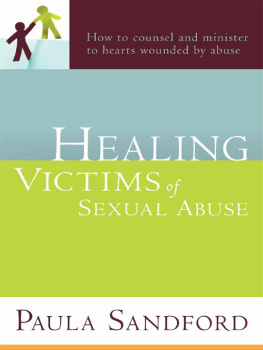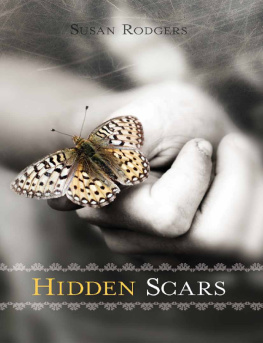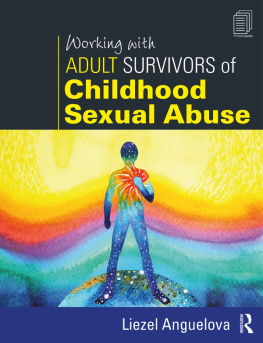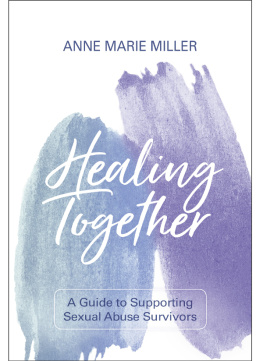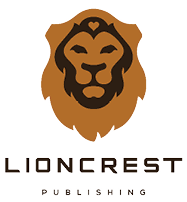All rights reserved.
Know that you did nothing wrong and that you can heal.
Foreword
People grow emotionally as trees do physically, from the inside out. The tender germinated sprout is there inside the tallest oak. Within the human, this fragile self is the inner child, who experiences every interaction as a key to self - worth . Wound the child and the mark may be scarred over, buried, worked around, and compensated forbut not healed. What is hidden will eventually display itself, perhaps in tormented dreams or patterns of self - sabotage and emotional absence. The exiled self will come up for healing. For this, the individual and all of society must be prepared.
As Rick Huttner reminds us again and again in this book, children are not to blame for what happens to them. His words are so powerful because he is principally telling himself this, while permitting us to witness his years - long painful resurrection into effective and compassionate manhood.
Many works on the subject of child abuse are therapist - authored , with italicized case notes from anonymous clients. All help somebody, sometime. But nothing Ive read comes within a mile of the searing, unsparing story Rick recounts of his journey back from the edge of oblivion. Had it just ended with a new dawn for Rick and as a cautionary tale for everyone else, this book would have been enormously courageous and done much good. But Ricks inclusion of data, notes, resources, and guidelines for selecting the right counselor and venue for support carries the healing mission from his life into ours.
Ricks message is essential for abuse survivors, for all who care about them, for anyone who wants to nurture children, and for those of us who arent willing to wait for subsequent generations to be born and die off before society learns to cherish and safeguard its children.
Well done, Rickand bravo, Freddy.
Jesse Jennings, Doctor of Divinity
Senior minister of Creative Life Center, columnist for Science of Mind magazine
March 12, 2019
Introduction
The room was darkvery dark. In the middle of it was a small child, sitting alone. Terror filled the childs mind. He knew that someone was coming, someone who wanted to hurt him. The fear mounted. I could see the childs face, mouth open wide, contorted with trying to scream, but unable to make a sound. The sounds from the person approaching got louder. I could see the child try to raise a gun and point it at the door. No matter how hard he tried, he couldnt pull the trigger. He was helpless: helpless to stop the terror; helpless to stop the pain.
I would wake up soaked in sweat and terrified.
The night terrors came once or twice a week, for close to fourteen years. I had become an expert in burying the pain while I was awake, making friends out of alcohol, distractions, and risk - taking . They all helped deaden the painbut the pain found its way out while I slept.
Ive spent a lifetime making that pain go away.
The Prevalence of Abuse
I was abused as a kid, like countless others. In the United States, approximately 7.4 million children are abused every year, either psychologically, physically, or sexuallyand that figure is probably underreported. Abuse isnt something people like to talk about, especially the abusers. A beaten child is taken to the emergency room covered in bruises, but the nurses are told, She fell down the stairs. What should be reported as a criminal offense gets covered up, protecting the perpetrator and keeping the victim in a cycle of abuse.
Why doesnt the abused person speak up? In my experience, its because theres incredible confusion about who is to blame. Most abusers endear themselves to the children they target before abuse starts, and the children start out genuinely loving those people. As abuse begins and continues, the trusted perpetrators tell lies about the harm theyre inflicting: This is special. This is love. You made me do it. I couldnt help myself. Typically, victims of abuse wind up blaming themselves. In my case, I believed I had committed an unforgivable sin. Perpetrators are amazingly skilled at putting guilt on the people theyre hurting. So the abused make excuses for the abusersand the cycle continues.
Despite the countless instances of abuse in our world, people still dont want to talk about it. The #MeToo movement is a wonderful example of women saying Enough and bringing instances of abuse into the light. However, it says something about our culture that its taken this long for us to have a reckoning. Think about all the abuse that was brought to light in this movementall the abuse that had been hidden for decades. Think of all the women who tried to speak up but were initially shut down or not believed. Think of all that it took for the movement to finally happen.
Now think about the countless acts of abuse inflicted on children. Do they have a voice? Can they coordinate, the way these adult women have, to find strength in numbers? Can they network to combine their testimonies and bring down their abusers? No. Abused children are told not to speak about abuse; they are often threatened to keep quiet or face harsh consequences.
Children are our most vulnerable members of society, and they have no voice to fight abuse. Like the child in my nightmare, they try to open their mouths, but nothing comes out. They need someone to speak up on their behalf, and thats one of the goals of this book. Its our job to advocate for them, to give them a voice, to show them how to be healed.



